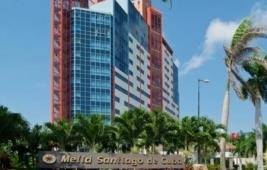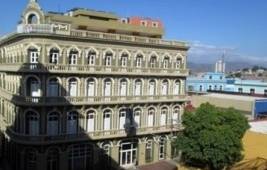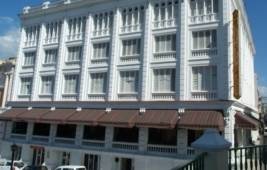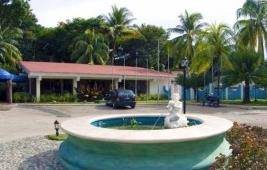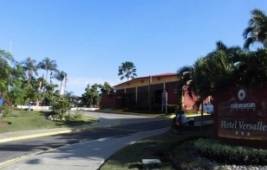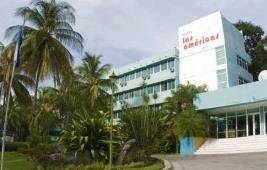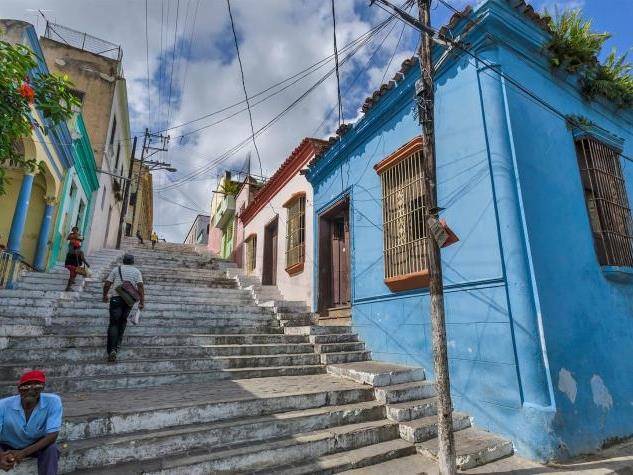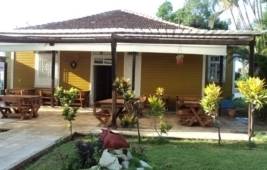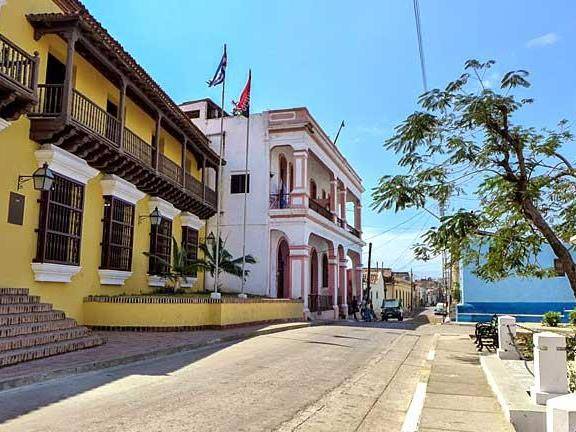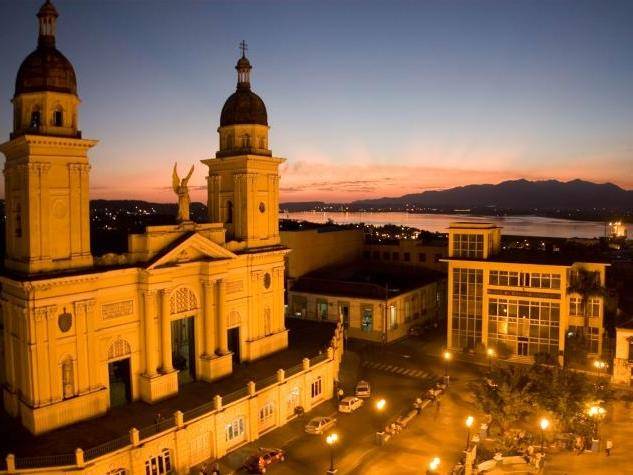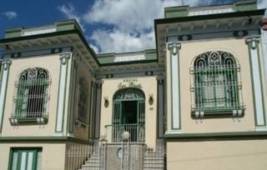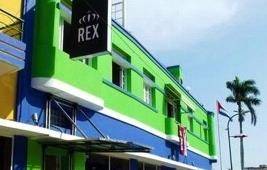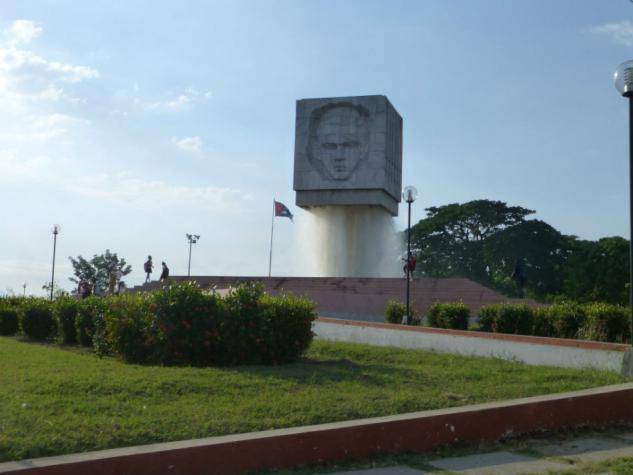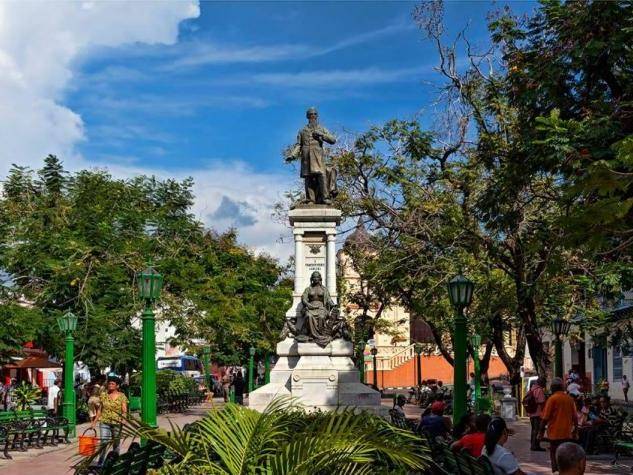
Plaza Dolores Santiago de Cuba
One of Santiago’s most delightful people-watching spots is Plaza Dolores, a shady plaza lined with colonial-era homes (several now house restaurants). Avenida José A. Saco (more commonly known as Enramada) is Santiago’s main shopping thoroughfare. Its faded 1950s neon signs and ostentatious buildings recall more prosperous times. Cobbled Calle Bartolomé Masó (also known as San Basilio), just behind Heredia and the cathedral, is a delightful street that leads down to the picturesque Tivolí district.

